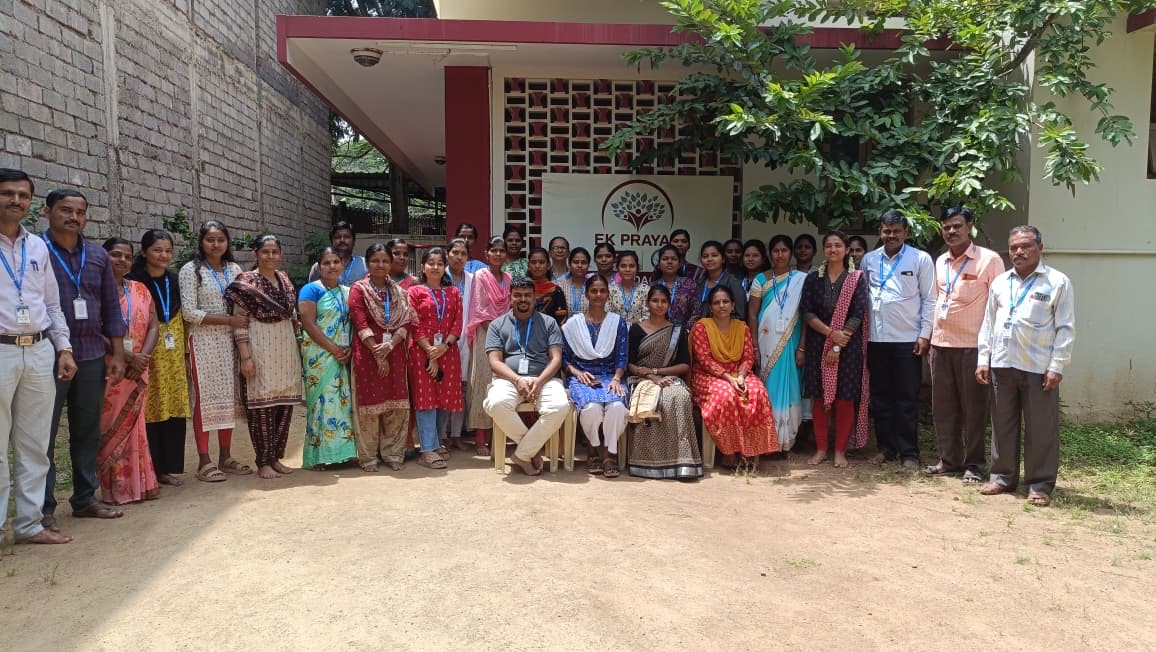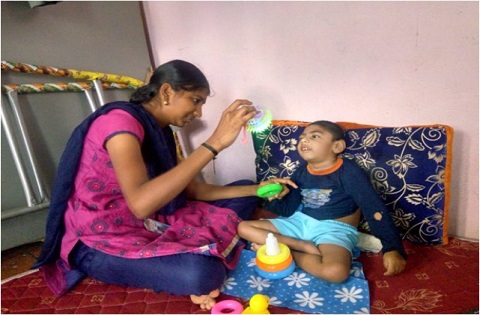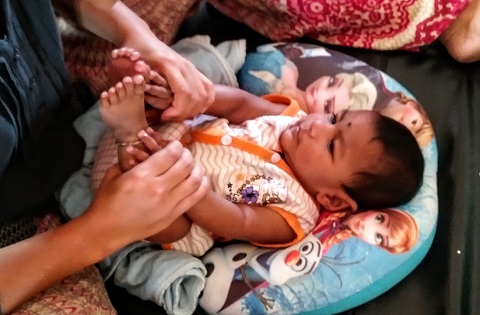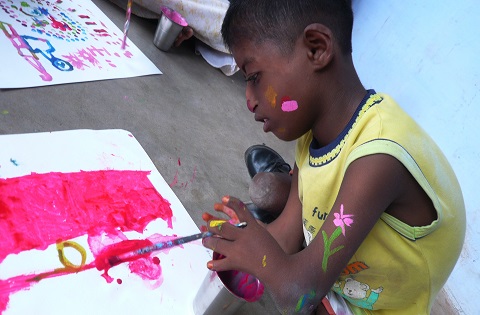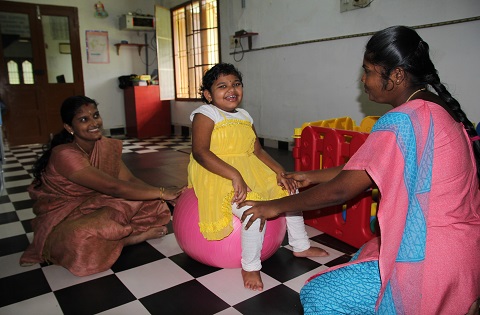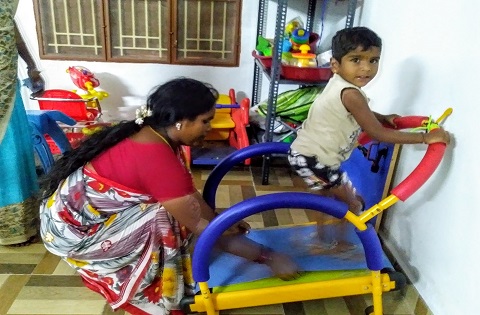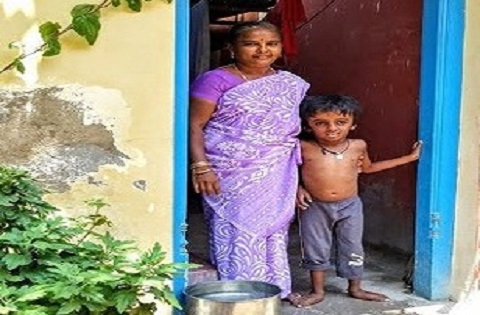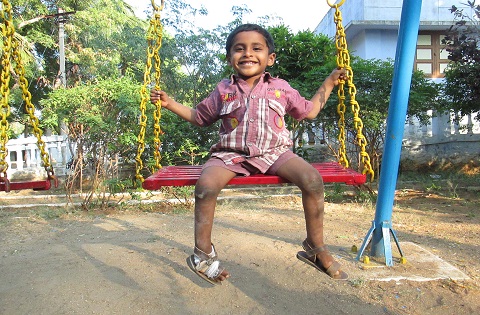Announcing Ground-breaking Study that Fills a Major Gap in Describing Gross Motor Development of Children with Disabilities in India
We are pleased to announce Amar Seva Sangam’s latest publication in the journal Research in Developmental Disabilities, entitled Motor Development Trajectories of Children with Cerebral Palsy in a Community-Based Early Intervention Program in Rural South India.
The full article may be freely accessed at this link: https://www.sciencedirect.com/science/article/pii/S0891422224001616
Background
- Few longitudinal studies of children with cerebral palsy (CP) in Low-Middle Income Countries LMICs exist. Exisiting development trajectories are based on cohort of children receiving rehab services in high-income countries.
Study Design
- This study describes the gross motor trajectories of 302 children in Amar Seva Sangam’s (ASSA) Enabling Inclusion program over a 3 year period
Results / Highlights
- Gross motor development improved significantly for children engaged in early intervention services as part of ASSA’s Enabling Inclusion program
- Developmental trajectories differ in an LMIC as compared to high-income countries.
- Gross motor development in children with CP is influenced by contextual factors.
- The Gross Motor Function Classification System for CP may need adaptation for India and other Low-Middle Income countries and this study results could act as a guide.
This study describes the gross motor development patterns of children with cerebral palsy (CP) in rural South India across the 5 different levels of the Gross Motor Function Classification System (GMFCS). This longitudinal study followed 302 children with CP aged 0 to 10 years and assessed their motor function using the Gross Motor Function Measure (GMFM-66) at 6-month intervals from April 2017 to August 2020. The study found that motor development trajectories for CP in low- and middle-income countries (LMICs) differ from those reported in high-income countries. The findings of this study reveal differences in motor development patterns in children with cerebral palsy in different settings. It emphasises the importance of socioeconomic factors, social determinants of health, and access to services and resources. Recognizing these differences is crucial for understanding the natural progression of CP, making informed clinical decisions, and providing appropriate support for children in resource-limited environments.
This groundbreaking study is the first to track the development of gross motor skills in children with cerebral palsy in an LMIC over time. Previous studies on motor development in cerebral palsy were based on data from high-income countries, and this study provides an important contribution to knowledge about CP.




